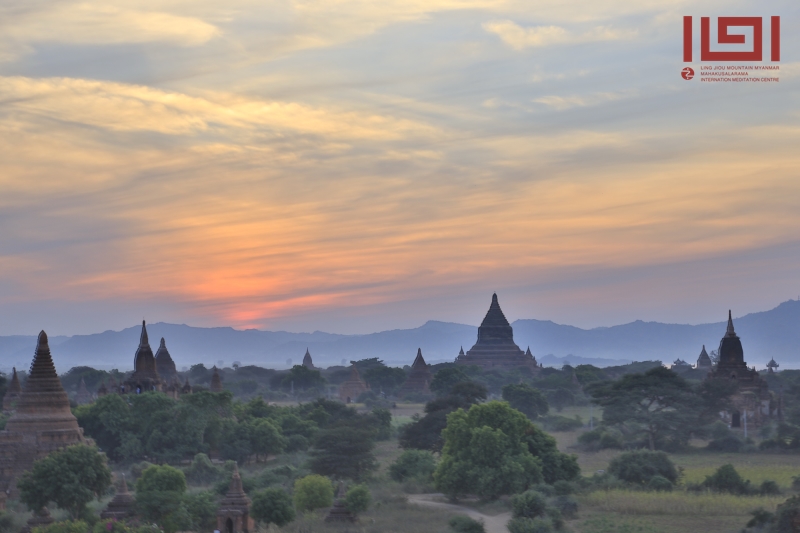




Master Hsin Tao presentation:
I was born in Myanmar and am very familiar with its culture. It was in Myanmar that I first came into contact with Buddhist culture and meditation. Now I teach people all over the world how to use meditation to attain peace and inner happiness.
Myanmar’s greatest wealth is its Buddhist heritage. This is something that must be protected, for it is in danger of falling into disrepute due to those who call themselves Buddhists while fanning the flames of interreligious and interracial conflict. While good governance and economic development are also important, it’s Myanmar’s rich Buddhist heritage which has to play the leading role in resolving its many troubles. Indeed, it’s our duty as Buddhists to propagate the true Dharma and help resolve conflict wherever it may arise. It’s good that Myanmar is initiating political reforms, but this is also unleashing long-repressed tensions which now threaten the integrity of the nation’s rich Theravada Buddhist heritage. It’s our duty to safeguard and propagate Buddhism for the benefit of people throughout the world. For Buddhism is Myanmar’s most precious gift to the world; it’s like a secret weapon with the power to dispel the evil forces of greed, hatred, and delusion.
While promoting peace and interreligious dialogue over the course of many years, I’ve discovered that outer conflict has its source in the human heart. When the heart is entangled in a web woven of greed, hatred, and delusion, outer conflict is inevitable. Yet, this kind of pernicious conditioning can be overcome by letting the mind return to its source. By attaining inner peace, outer conflict naturally ceases. This is something lots of people agree on. It was for the sake of showing others the way to attain inner peace that the Buddha formulated such doctrines as the Four Noble Truths, the Eightfold Noble Path, Dependent Origination, and the Thirty-seven Factors of Enlightenment. Putting them into practice is the way to realize nirvana, the state beyond birth and death.
This is the path which eliminates attachment and leads to the end of suffering. It centers on using observation of the breath to calm the mind and then contemplating all things as impermanent, unsatisfactory, empty, and not-self. Practicing in this way, we get in touch with our inherent wisdom. In addition, contemplating the sound of silence brings insight into the emptiness of the self-concept. Diligently cultivating tranquility and insight in this way leads to nirvana, spiritual liberation. I teach meditation in four parts:
Keep your back straight, keep your head up, breathe in and out seven times.
Breathe in deeply, all the way to your abdomen, then breathe out.
Focus your attention on your eyes.
Focus your attention on your nose.
Focus your attention on your mouth.
Focus your attention on your heart.
The heart has no object to observe.
Place your awareness on your breath; closely observe your breath, as it comes in, and as it goes out.
Relax your head, relax your shoulders, relax your entire body. Relax every muscle, relax every cell. Then gently listen to emptiness, listen to the sound of silence; direct your hearing faculty to the sound of silence.
This four-step technique is a way of cultivating tranquility and insight. We use meditation to recognize the true nature of the body and mind. By entering into impermanence and contemplating emptiness we come to understand the mind and get in touch with our source—nirvana. By listening to the sound of silence and integrating the heart, we come to directly experience the original nature of life. This is the doorway which leads to the realm which is beyond all tribulation.